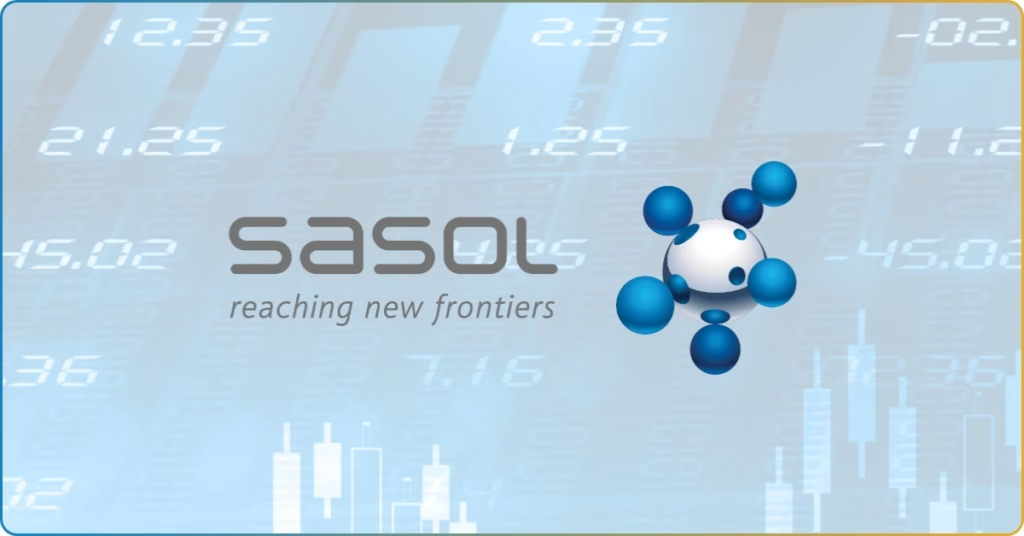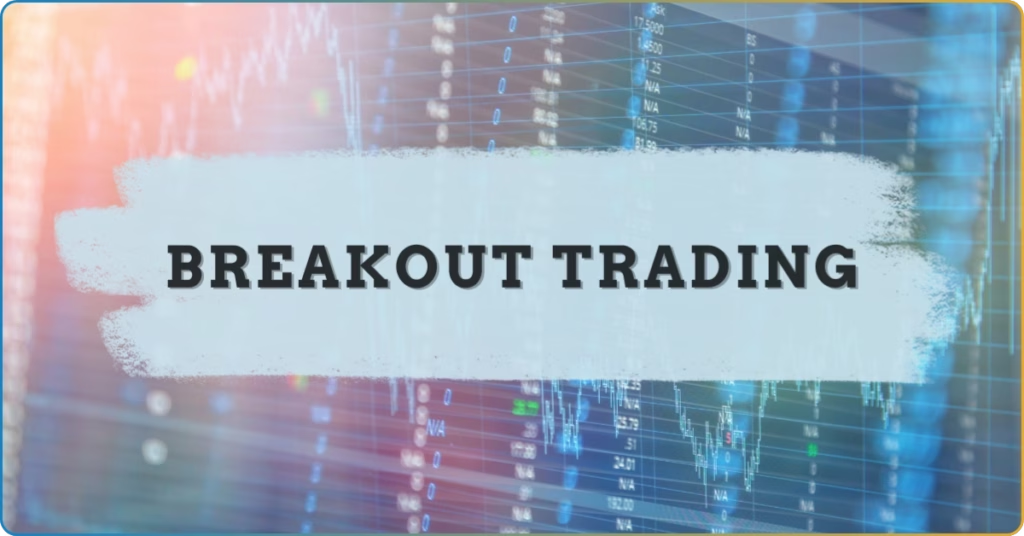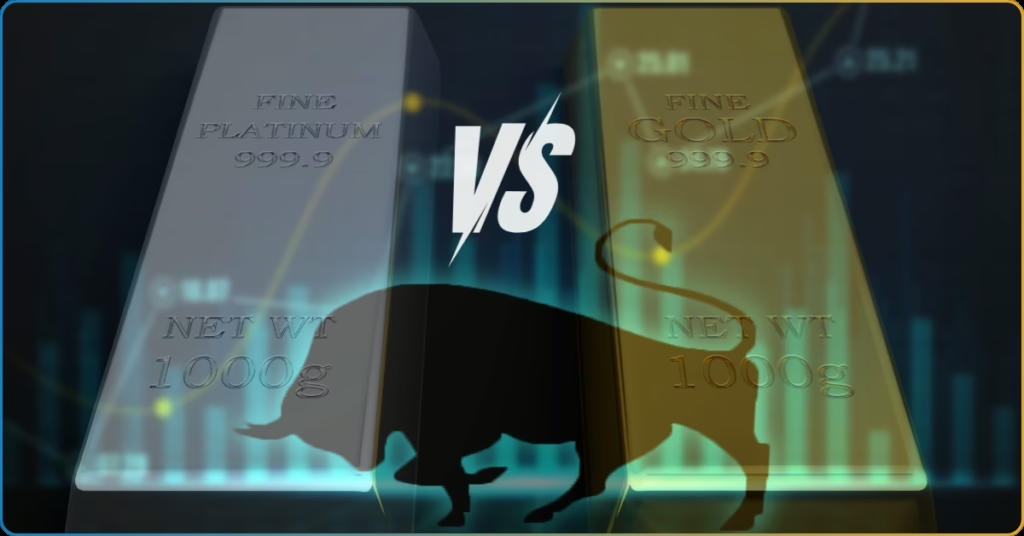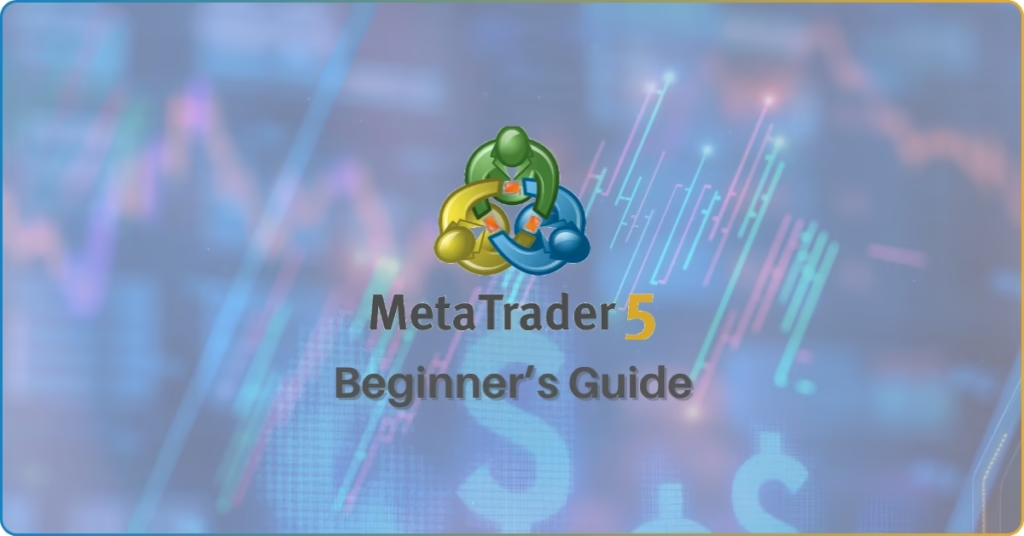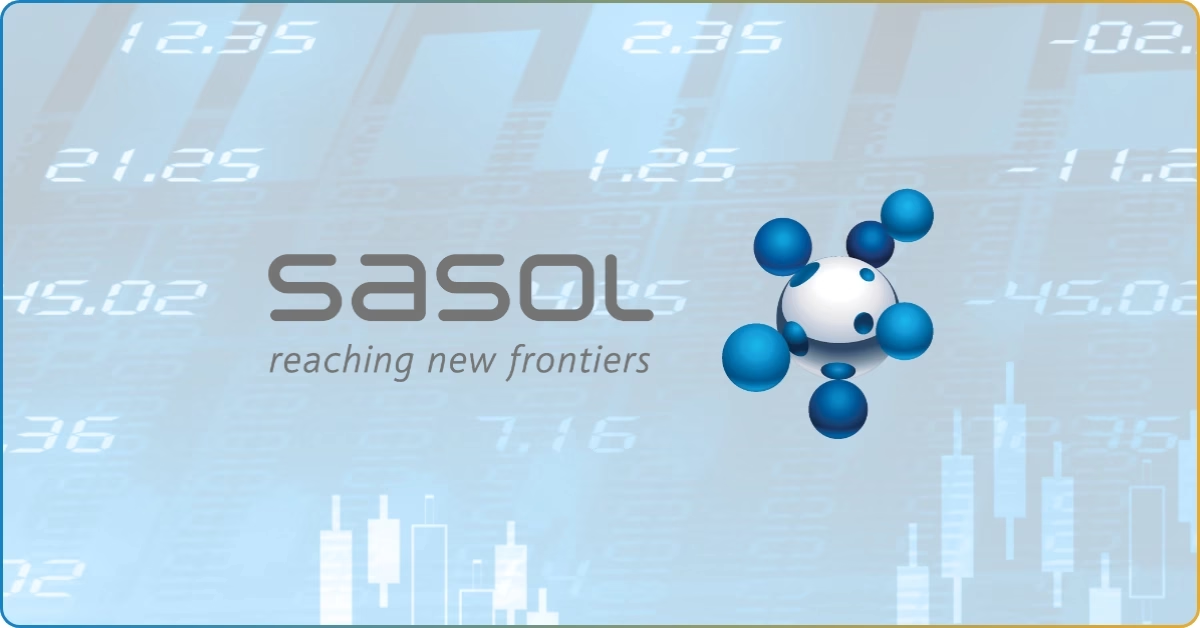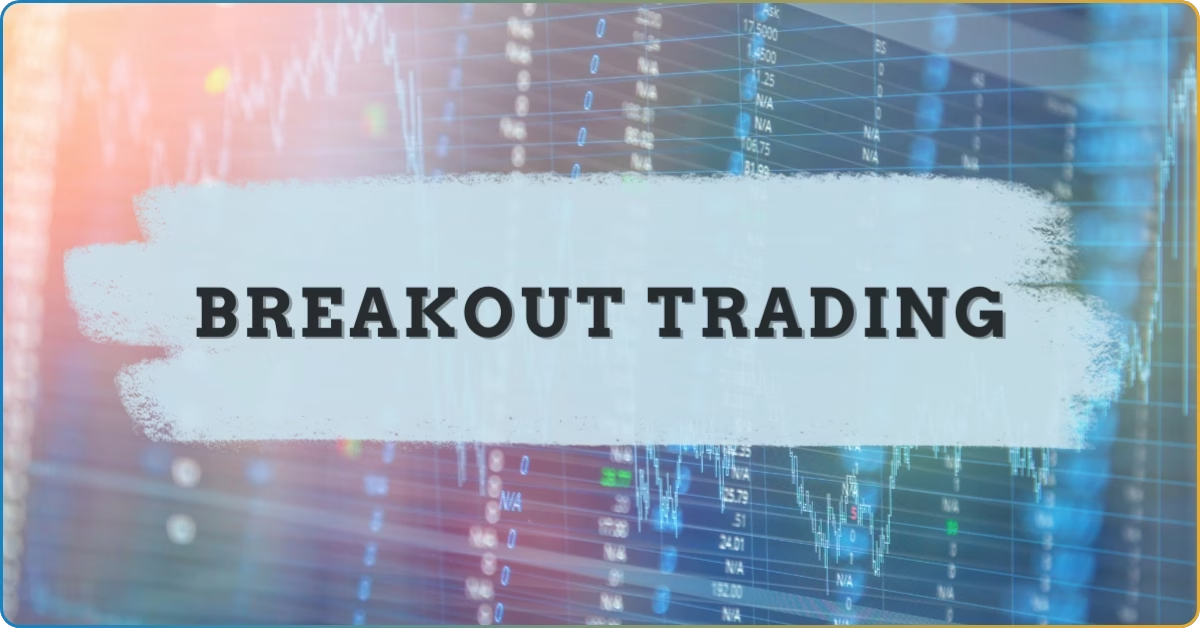Forex liquidity serves as the heartbeat of your trading performance. It is the lifeline that empowers how smooth trades are executed, how tight your spreads are, and how much slippage you will face when volatility spikes.
But forex liquidity isn’t just a reflection of trading volume—it’s a dynamic interplay of timing, price stability, and market depth. Knowing what liquidity in forex truly means and how to find liquidity in forex gives you a tactical advantage.
This TRU Insight will delve deep and introduce a comprehensive set of must-know forex liquidity topics, from liquidity zones to forex liquidity charts and indicators. This guide breaks down the mechanics that shape your trades.
What is Forex Liquidity?
Liquidity refers to how quickly and easily an asset can be bought or sold without causing a significant change in its price. In trading, liquidity ensures that orders are filled efficiently, with minimal delay or slippage.
When it comes to the forex market liquidity, it simply means how easily currencies can be traded without causing big price swings. High liquidity means there are lots of buyers and sellers, so trades happen quickly and spreads stay tight. Low liquidity, on the other hand, can lead to slower execution, wider spreads, and unpredictable price movements.
Types of Liquidity in Forex
To get a clearer picture of forex liquidity, it’s helpful to break it down into key categories that highlight how it behaves in different contexts. Each type reflects a unique aspect of how liquidity flows, shifts, and influences trading decisions. Here’s a quick overview of the most significant types you’ll come across in the forex market.
Market Liquidity
This type of liquidity shows how many buy and sell orders are placed at different price levels. It helps traders see where the market is most active and likely to react.
| High Market Depth | Many orders → minimal price impact |
| Low Market Depth | Few orders → big price changes |
Session-based Liquidity
Session liquidity refers to changes throughout the day as different global markets open and close. It affects how active and smooth trading is during specific sessions.
| Peak session liquidity | High volume → tight spreads during major sessions |
| Off-peak session liquidity | Lower volume → wider spreads during quiet or holiday hours |
Technical Liquidity
Technical liquidity relates to areas on the chart where many traders are grouped at specific prices. Traders use these zones to spot potential turning points or strong market interest.
| Buy-side liquidity | Buy stops above key levels Used by institutions to sell. |
| Sell–side liquidity | Sell stops below key levels Used by institutions to buy. |
| Internal liquidity | Order clusters within the current range Short-term price targets |
| External liquidity | Orders at major highs/lows Key breakout or reversal zones |
Participant-based Liquidity
This type of liquidity depends on who is trading, like banks, hedge funds, or retail traders. Different participants affect the market in various ways, which can influence price movement and liquidity levels.
| Interbank liquidity | Comes from a big bank Provides deep liquidity to the market |
| Retail liquidity | Large firms and hedge funds Move big volumes, shape price action |
| Institutional liquidity | Individual traders Brokers pool orders to join the market |
How to find liquidity in forex?
Finding liquidity isn’t just about looking at a simple forex liquidity indicator, because it is also about seeing where the biggest players are leaving their footprints, so you can trade smarter, not harder.
So, here’s a dual-purpose guide that helps you spot liquidity and apply forex liquidity strategies effectively:
1. Volume Analysis
This is a simple analysis that looks at the volume of traders of that particular currency pair. A high volume of traders indicates a genuine institutional interest, while low volume is often a fake-out that is meant to trap retail traders. You spot this by looking for high-volume spikes that confirm a price breakout, or low-volume breakouts that fail.
Related article: Breakout Trading in 2025: 6 Strategies That Still Work
2. Candlestick Rejections
Wicks are the thin lines above or below a candlestick that show how far the price moved before pulling back. When you see a long wick rejecting a level, it means the price was pushed away, which is often caused by strong buying or selling pressure. It’s a clue that big players may have triggered stop-losses to grab liquidity before reversing the move.
Related article: 5 Best Candlestick Patterns and How to Trade Them in 2025
3. Liquidity Zone Indicators
These are simple tools that automatically point out areas on the chart where liquidity is likely to be concentrated. This helps you anticipate where the market is most likely to go by collecting the resting orders of other trades.
4. Order Book Depth
This shows you the number of buy and sell orders waiting at different price levels. While most retail brokers don’t show the full picture, specialized tools like Bookmap use a heatmap to show where the largest clusters of orders are. A thick, solid line on the heatmap tells you there’s a lot of liquidity there, acting as a strong support or resistance level.
5. Trading Session Timing
You can’t trade in a quiet market and expect good results. The best time to find liquidity is when the big financial centers are open. You spot this by simply checking the clock. Trading during the overlap of the London and New York sessions is key because it brings in the most traders, giving you tighter spreads and more powerful trends to trade.
While no law sets exact trading session hours, regulators like the U.S. Securities and Exchange Commission (SEC) and the Commodity Futures Trading Commission (CFTC) ensure that trading during these times follows strict rules around transparency, fair access, and market integrity.
Related article: Guide to The Four Major Forex Trading Sessions [2024]
Frequently Asked Questions
What is a liquidity zone in forex?
A liquidity zone is a spot on the chart where lots of traders have placed buy or sell orders. These areas often attract big players who use them to enter or exit trades, which can cause prices to bounce or break through.
Can low liquidity ever be beneficial for traders?
Yes, low liquidity can create sharp price moves that skilled traders use for breakout or reversal setups.
Can algorithmic trading improve liquidity conditions?
Yes, particularly in high-volume markets, algo trading can add orders and tighten spreads, but in thin markets, it may worsen volatility.
The Trading Game is All About Liquidity
Liquidity is what keeps the market moving, and if you are not paying attention to it, you are likely trading blind. That is why the essentiality of liquidity should be a key player that every trader should know because, at the end of the day, trading is not just about charts and strategies—it is about knowing where the action is.
If you want to explore more about the key concepts that are linked with liquidity, investing with financial literacy comes with a whole package, including a comprehensive trading course at CommuniTrade’s TradeGeek. It is a free forex trading course to help you build a solid foundation for navigating the forex market better and smarter.


